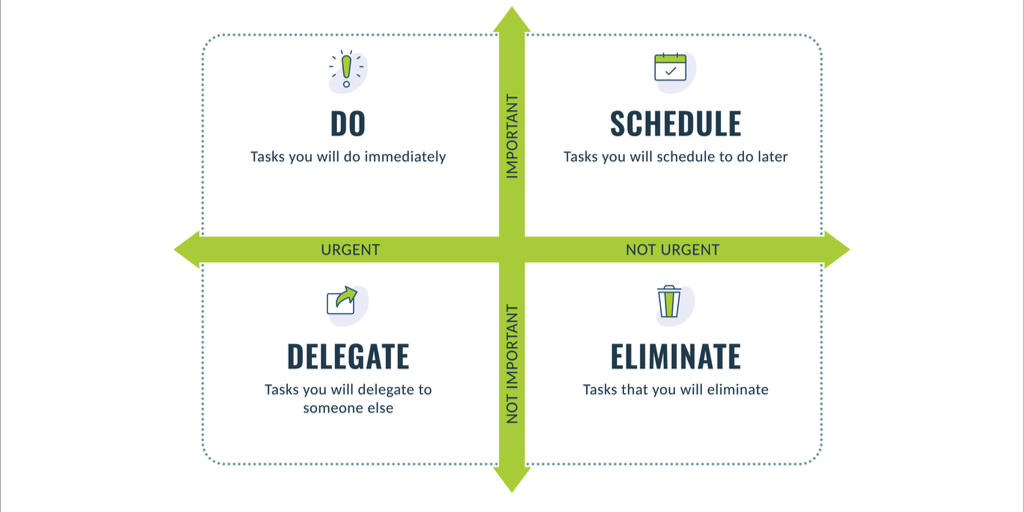Many Americans retire from the office job that they held for several years and decide to go into business for themselves, becoming mid life entrepreneurs. Others don’t wait to retire but leave the corporate world to launch. Of course, some people never work for others but engage in entrepreneurship from the very beginning.
The world of having your own business is quite different from the corporate environment. There are a few things to remember about business finance and personal finance when you leave your regular employer to hang out your shingle.
In honor of National Entrepreneur’s Day, we’re providing this checklist to assist new business owners. It’s an overview to help ensure that your finances stay on track even through the risky business of owning your own business.
Personal Finance
Don’t forget about retirement
Sometimes new entrepreneurs need to tap into their retirement accounts to get their idea off the ground. Or you may assume that you’ll eventually sell your business and fund your later years with the sale.
But the power of investing for retirement lies in the compounding of your annual returns. The longer your money has to grow, the less you need to save. If you get too close to retirement age without having saved enough, you’ll need to come up with a lot more money than if you had started earlier.
Fortunately, there are plenty of employer retirement plans available for business owners, whether you’re a solopreneur or you plan to gather a team. Start socking it away as soon as possible so you can allow the power of compounding to do its work for you.
Emergency fund
Your back up fund is especially helpful when you’re launching a business so that if anything goes wrong in your personal life, you have money to keep you going. No one wants to load up their credit cards unnecessarily. Give yourself some peace of mind by having this cushion in place before you launch.
Insurance
If you have significant assets like a house or brokerage account, you’ll want to form a business entity for your company. That way, creditors can’t pierce the corporate veil to take your assets to pay off business liabilities. You need to follow the rules of whatever entity you choose to stand as a corporation against unexpected legal confrontations. As an entrepreneur you might take risk with your ideas and creativity, but not with your ownership.
Protecting your assets through a corporate structure is one form of insurance. Naturally, the other is actual insurance products from the relevant companies: umbrella, vehicle, homeowner’s, and life. You might also want to consider long-term care and disability insurance, depending on your situation.
Review for leakage and unnecessary expenses
Regularly sit down with your spouse (if you’re married) and review your expenses. Are you currently paying for subscriptions that you no longer use? Have costs crept up in any particular area?
Your household should also review your investments regularly and make sure that you’re not spending extra on taxes or unnecessary fees.
Business Finance
The mindset that time is money
When you’re in a corporate job, it’s easy to spend whatever time you need to get the work done and not think about it too much. But when you’re running your own business, you need to account for the time the same way you account for money.
Every hour that you’re working should have a purpose and the same for your staff. You may only need a part-time assistant and not a full-time one, for example.
It would help if you had a reasonable estimate for what an hour of your time costs. That can help you decide where to prioritize your efforts. If your hour is worth $200, should you use it to work on a task that only costs $50?
That also tells you which clients to go after with your marketing budget: only the ones that can afford your $200/hour services.
Measure the right numbers
When it comes to businesses, too many owners focus on vanity metrics such as revenue. Or base their marketing efforts on social media on “likes” or how many followers their account has.
The business should be making money for you at a certain point, which doesn’t necessarily happen in the first year. That means that you should think of your bottom line as the most critical metric. What profit is your company bringing in?
What clients are your marketing efforts bringing in? Likes, follows, and the number of followers generally have nothing to do with your bottom line either. Engagement is the name of the game on social media, and visitors to your page or store are what counts in advertising.
If you’re not on top of what social media channels and metrics you should be following, be careful about whom you ask to help you. Make sure they understand that marketing is not about the superficial indicators but how many people are coming to your business to convert into customers.
Insurance
Not all businesses require business insurance. It depends on the field you’re in and what you’re doing. For example, financial firms usually need at least E&O (errors and omissions) coverage. If you’re not sure, ask the people doing similar work what they have.
Or look at what your potential clients might require. If not everyone in your industry has E&O, for example, but the larger clients all need it, you should probably get coverage too. It is an added expense but may end up being well worth your while.
Launching a business is risky in itself, given that only about half of new businesses survive their 10th year. Give yourself a little peace of mind when you can.
Manage cash flow and expenses
As a business owner, you’ll soon learn that cash is vital. If you’re not invoicing clients quickly enough and not following up on accounts receivable, your life will be more unpleasant than it needs to be. These administrative tasks may not have been a focus for you in your corporate job, but it is incredibly important in your own firm’s early years.
Similarly, keep an eye on expenses. Starting, you should keep your fixed costs as low as possible. Don’t rent an office that you don’t need or hire staff before you need them or can afford to pay for them.
Want to review your finances before you launch your business? Give us a call at 619.255.9554 or email us to set up an appointment.
















